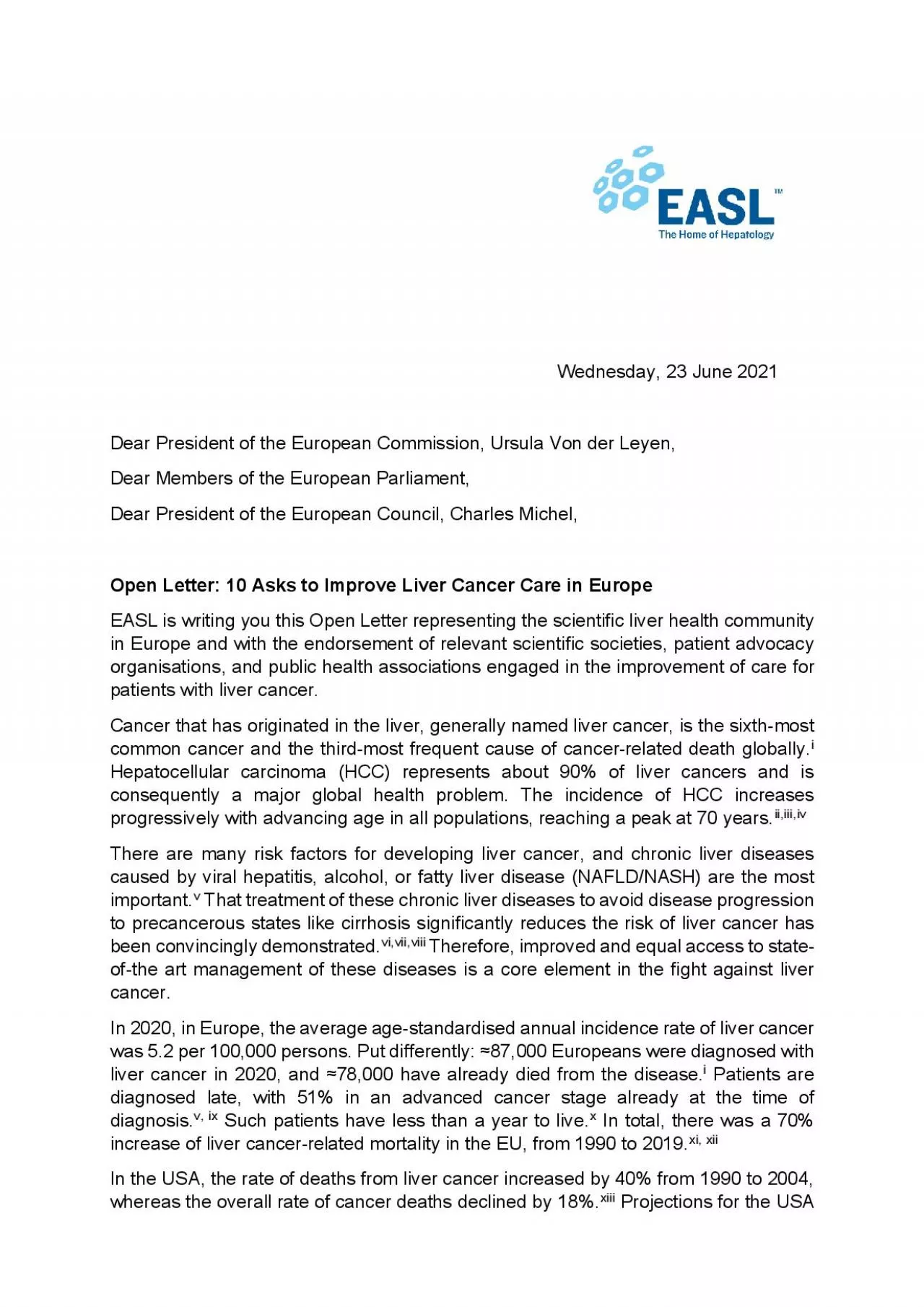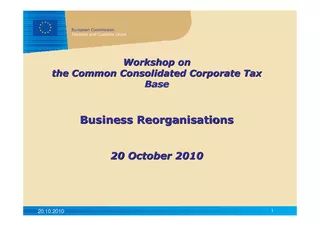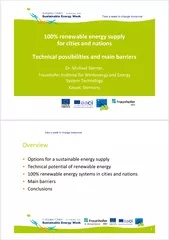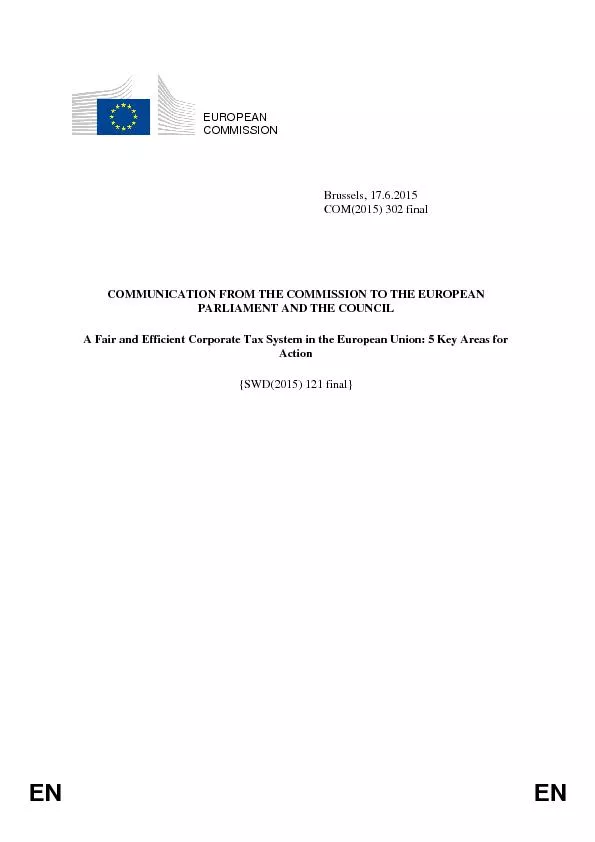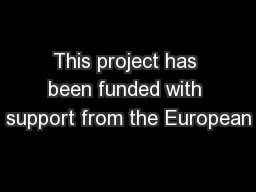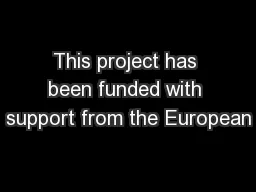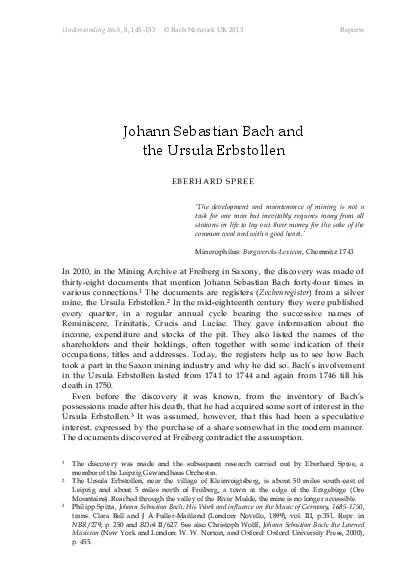PDF-WednesdayJune 2021Dear President of the European Commission Ursula V
Author : ximena | Published Date : 2022-08-20
estimate that in 2030 liver cancer will be the thirdleading cause of cancerrelated deaths surpassing breast colorectal and prostate cancersxivxvAlthough liver cancer
Presentation Embed Code
Download Presentation
Download Presentation The PPT/PDF document "WednesdayJune 2021Dear President of the ..." is the property of its rightful owner. Permission is granted to download and print the materials on this website for personal, non-commercial use only, and to display it on your personal computer provided you do not modify the materials and that you retain all copyright notices contained in the materials. By downloading content from our website, you accept the terms of this agreement.
WednesdayJune 2021Dear President of the European Commission Ursula V: Transcript
Download Rules Of Document
"WednesdayJune 2021Dear President of the European Commission Ursula V"The content belongs to its owner. You may download and print it for personal use, without modification, and keep all copyright notices. By downloading, you agree to these terms.
Related Documents

